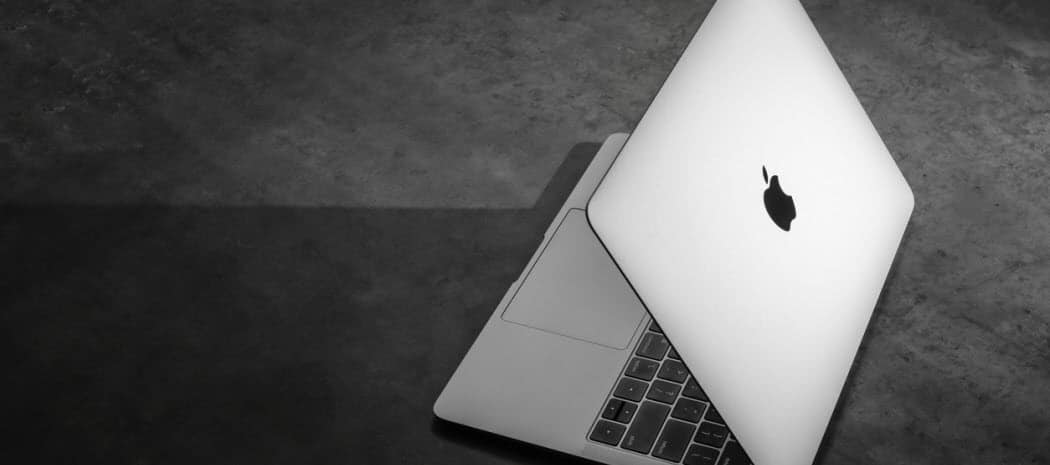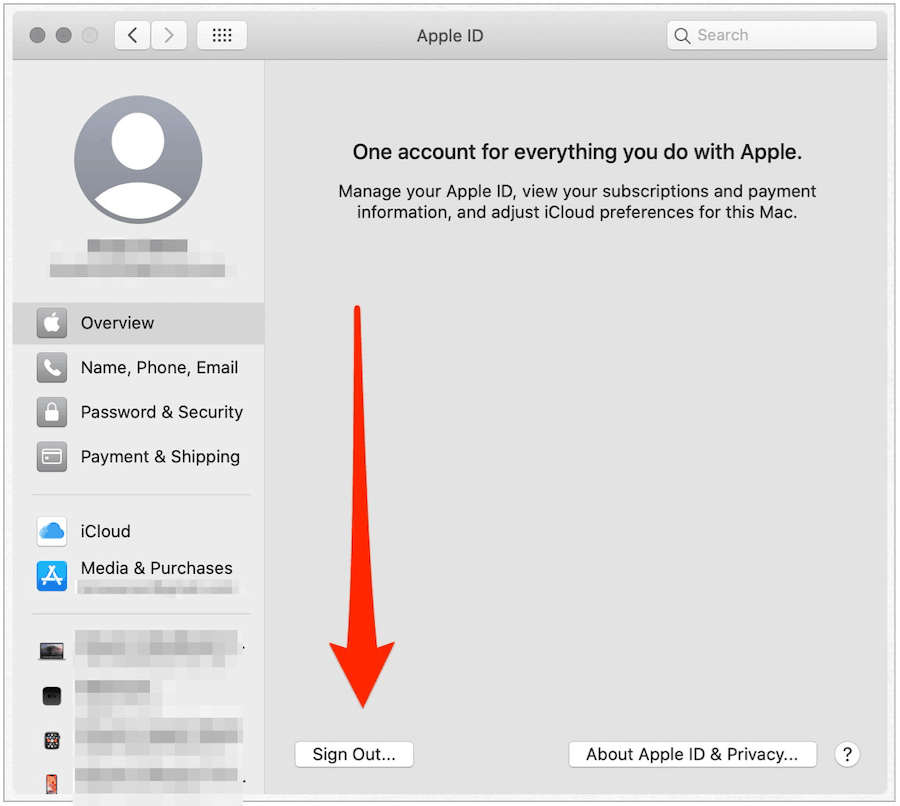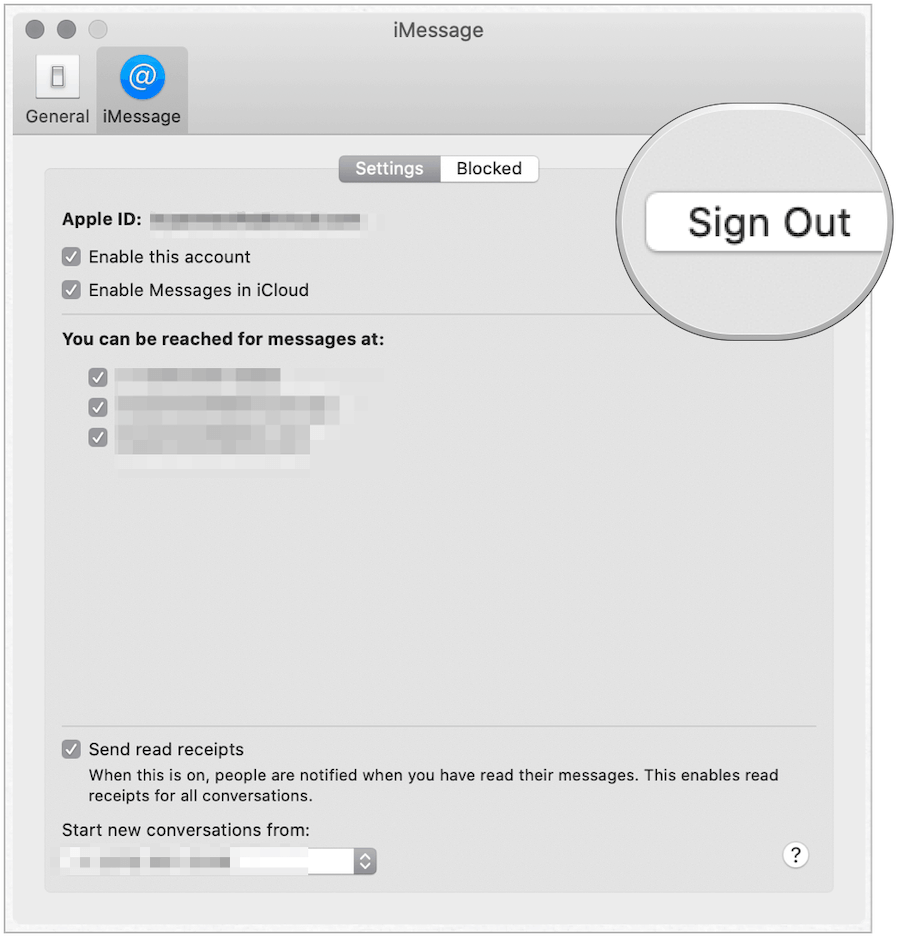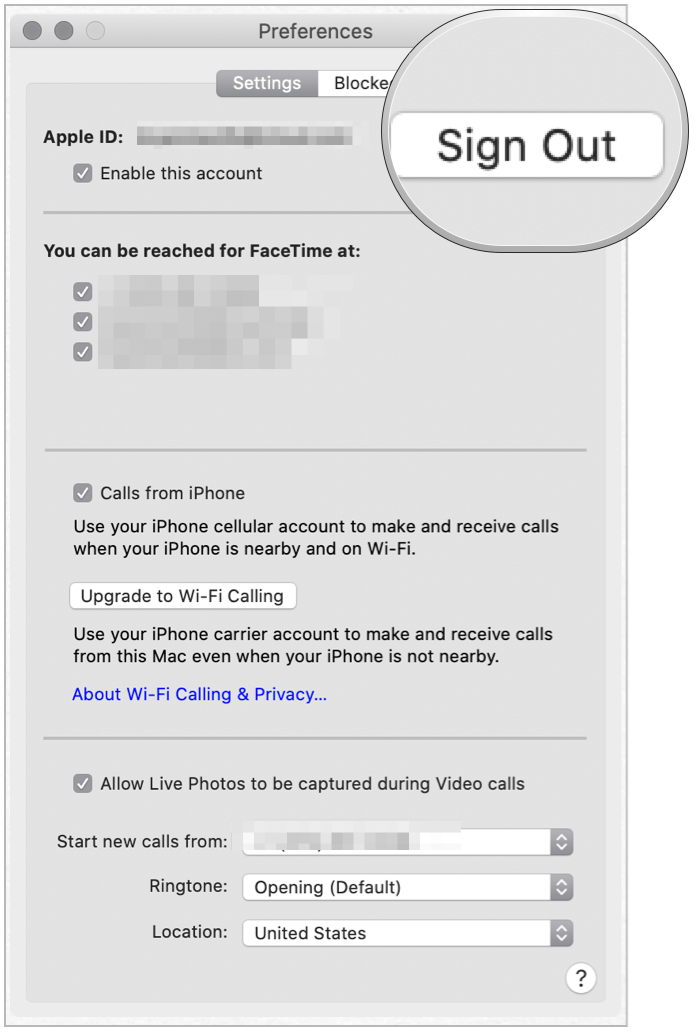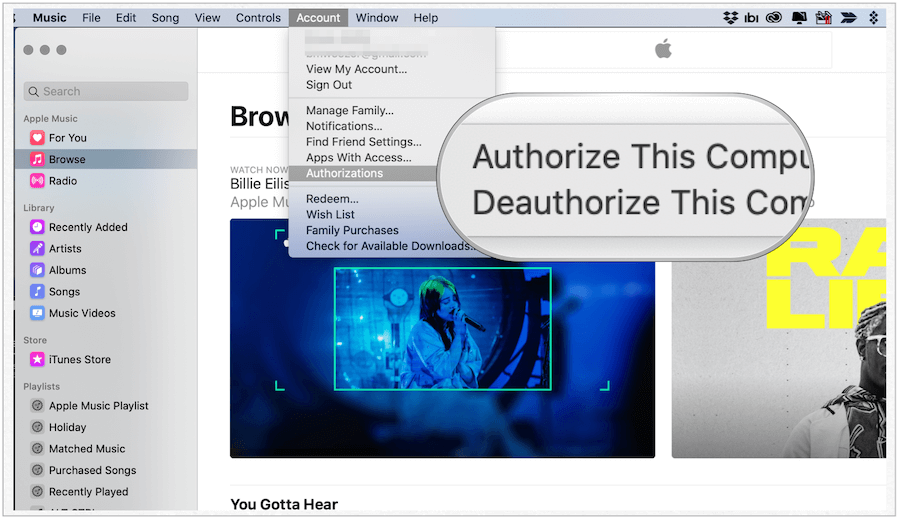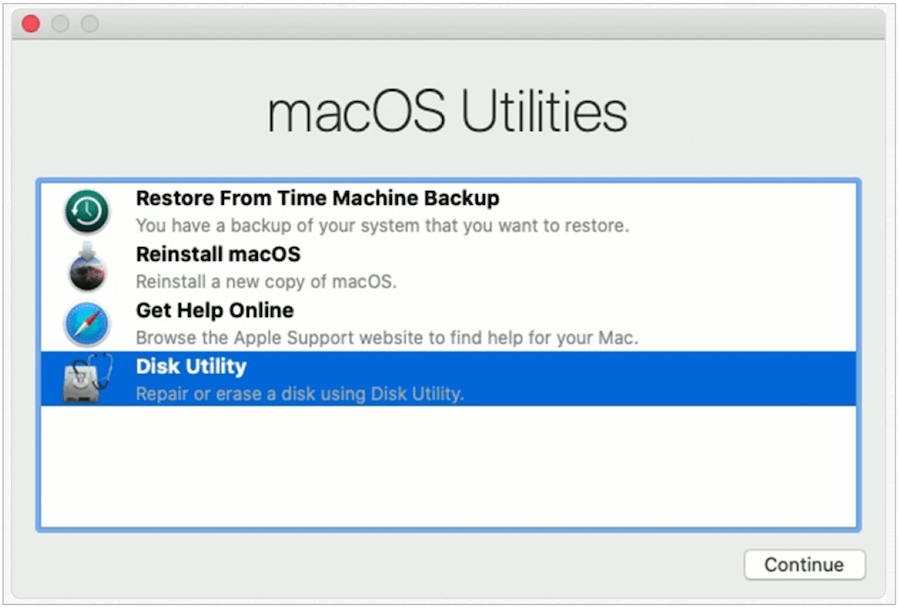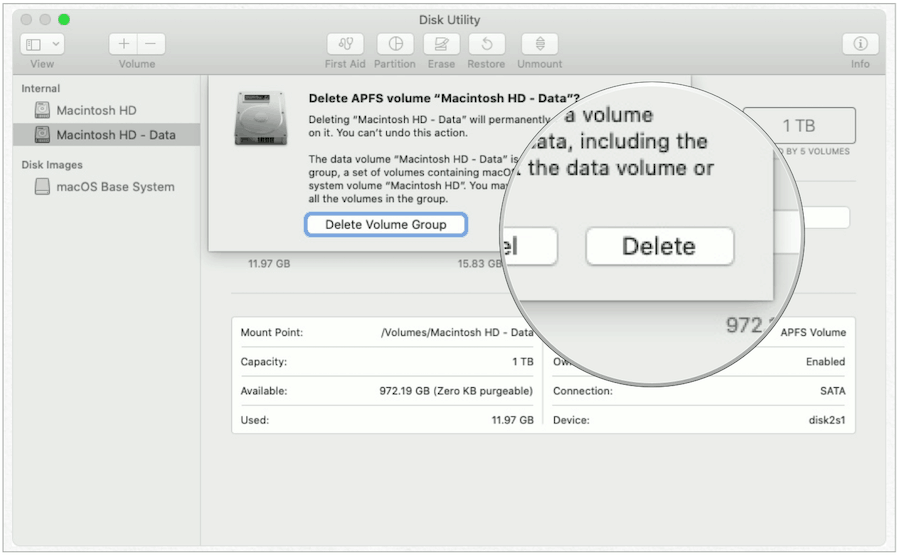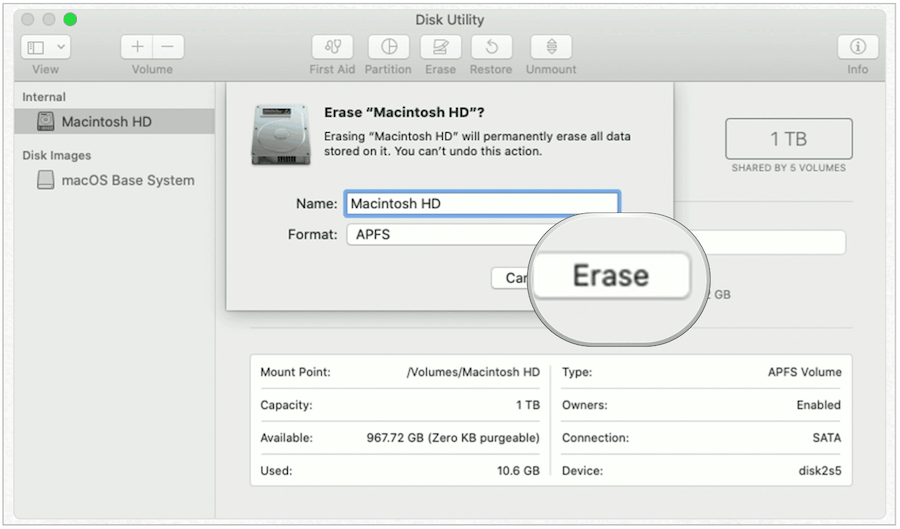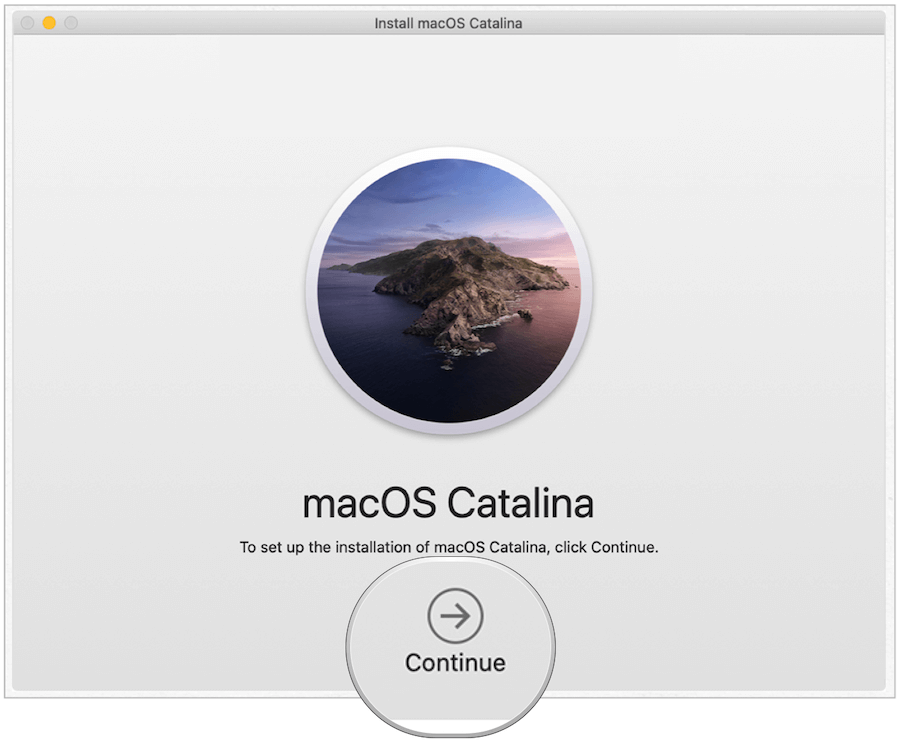To prepare for the move, you should do the following:
Back up your old MacLog out of all Apple servicesDeauthorize the machineRemove data, then reinstall macOS
Backing Up Your Old Mac
Every Mac comes with a backup program called Time Machine. When activated, the program creates incremental backups of files on your drive. When trouble occurs, you can restore specific files or your entire system with ease. Time Machine backs up the following:
Local snapshots as space permits.Hourly backups for the past 24 hours.Daily backups for the past month.Weekly backups for all previous months.
If you’ve already been keeping backups regularly before moving to a new computer, you’ve already performed the most important step of the migration. Otherwise, you’ll need to create a new backup before moving forward.
Log Out of All Apple Services
It’s now time to log out of iCloud on your outgoing Mac. Luckily, Apple makes this simple. To get started:
You’ll receive prompts asking whether you want to leave copies of iCloud data on your Mac. Because you’re going to delete everything from your Mac later on in the process, this isn’t necessary. Once signed out of iCloud, you should also go into the Messages and FaceTime apps and log out of iCloud, if applicable:
In the FaceTime app on your Mac:
Deauthorize the Machine
You should now deauthorize your Mac, assuming. you’ve used it in the past with music, video, or other media files. Before the release of macOS Catalina, you would have performed the following steps in the iTunes app. It’s now performed in the Music app.
Remove Data, Then Reinstall macOS
You’ve successfully backed up your old computer, signed out of iCloud and other services. You’ve also deauthorized the old computer. The final step in the process is to remove the data from the machine, then reinstall macOS. The final two steps remove access to your important files while also preparing the Mac for a new user.
Removing Your Data
In the Disk Utility, look for the name of your startup disk on the left side of the screen. Most likely, it’s named Macintosh HD.
Next, select Macintosh HD in the sidebar, then:
You’ve deleted your data. Finally, it’s time to reinstall macOS.
Reinstalling macOS
Once macOS is reinstalled, you can turn off your old Mac. It’s now ready for a new owner and you can begin enjoying your new computer!
![]()
